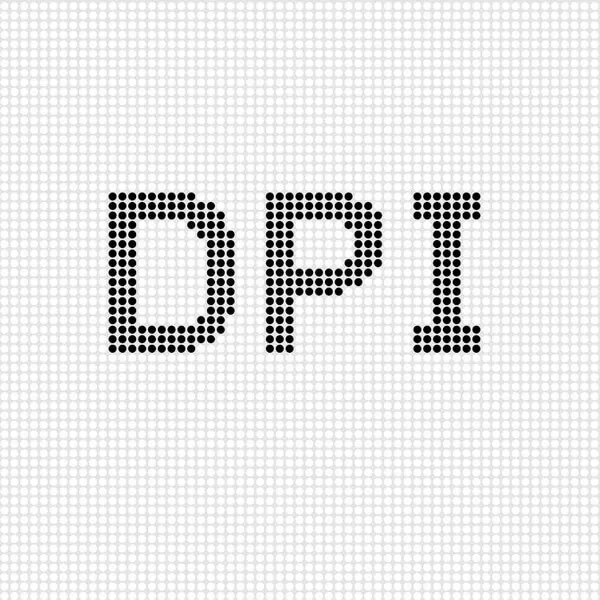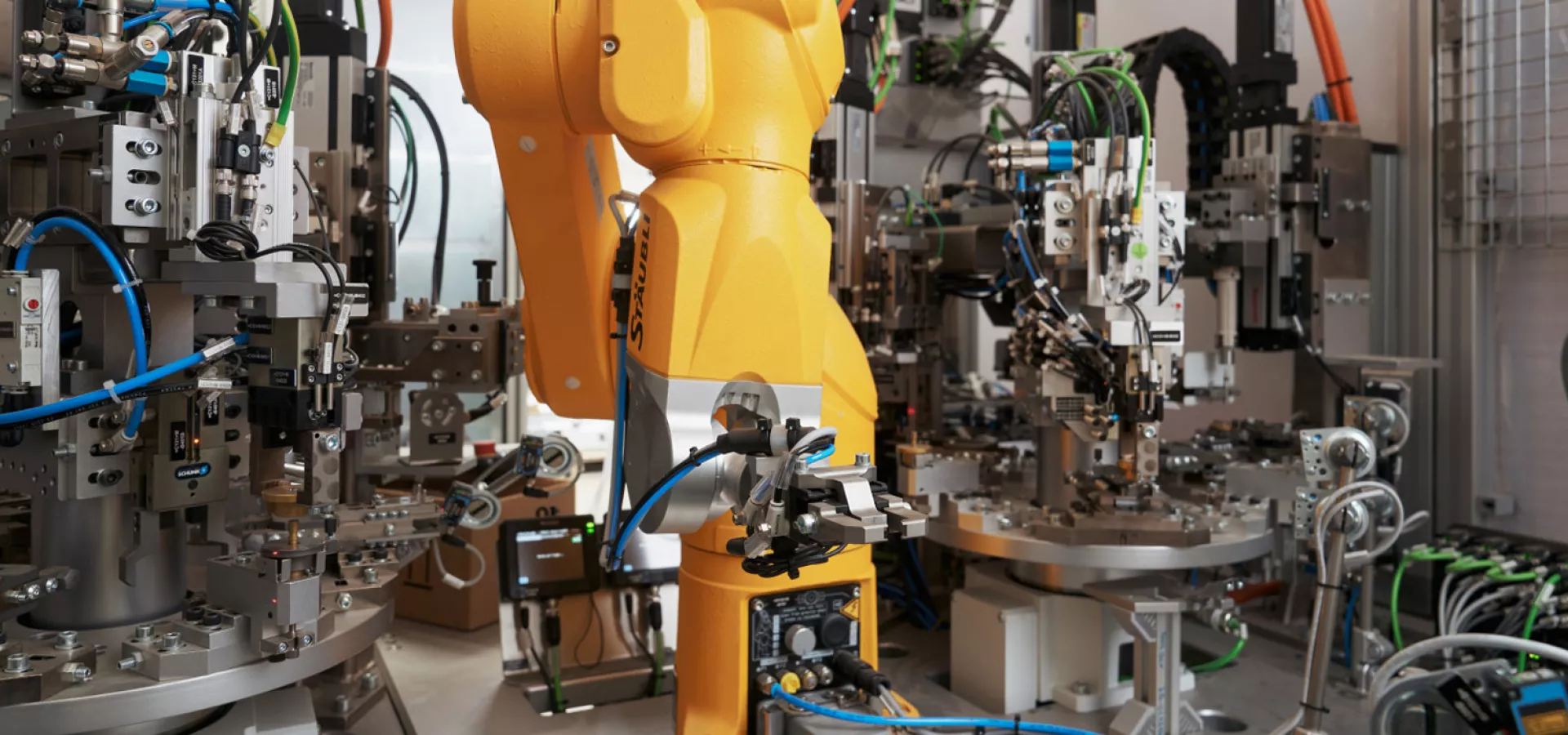
dpi – Dot density in the reproduction of images
dpi is an abbreviation and stands for dots per inch. Translated into German, this means "dots per inch" and corresponds to a specification for the so-called dot density. The dot density is used in the reproduction of images to indicate how detailed the representation is. Usually, a higher dot density or dpi value represents a better level of detail. When evaluating the quality of a reproduction, other factors besides dot density are decisive: the color depth as well as the sharpness of the image play an important role. In connection with the dpi value, the term resolution is often used.

dpi and other units of measurement for point density
When it comes to dot density, other units may play a role in addition to dpi. There is also dpcm or dpc, which stands for "dots per centimeter", or ppi, which corresponds to the unit "pixel per inch". The unit lpi "lines per inch" can also become relevant. Depending on the area for which the dot density is to be calculated, other parameters come into play. The differences between dpi and dpc result from the difference between the metric and Anglo-American measurement systems. However, they basically denote the same thing.
The difference between the individual units is quickly explained in principle: dpi and lpi are primarily relevant for printing processes, while the unit ppi comes into play in digital display. Dots refer to concrete printing points, while the term pixel refers to digital pixels. If, for example, an image is to be printed on a carrier medium using an inkjet process, the dpi value must be specified. This is done with the aid of a raster: the number of printing dots per square centimeter or square inch is specified for the selected process. The lpi value is used to determine how many rows of printing dots are to be imaged on the square centimeter or square inch of surface. The finer the screen, the higher the dot density. But if you think that continuously increasing dpi and lpi will improve image quality, you are mistaken. In fact, the visual perception of the human eye is limited and a dpi value above a certain limit is not useful.
Best resolution with a view to the dpi value
When it comes to the best possible resolution or dpi value for printing processes, various factors play a role. As a rule, it is not possible to make blanket statements. For example, it is no problem to select a lower dpi value for particularly small print templates than for a medium-sized print template. This is because the human eye automatically compensates for small errors. On the other hand, a very similar effect is noticeable with a large artwork: The individual pixels are pulled together by the eye and blur into a large whole. However, this only applies if you are at the correct distance in front of the image. This is often the case with printed posters, for example. The right dpi selection therefore depends on the individual project. In addition, process-related limitations must be taken into account. With inkjet printing, for example, values of 600 dpi can be easily achieved, while only lower print resolutions are possible with other printing processes.


